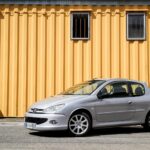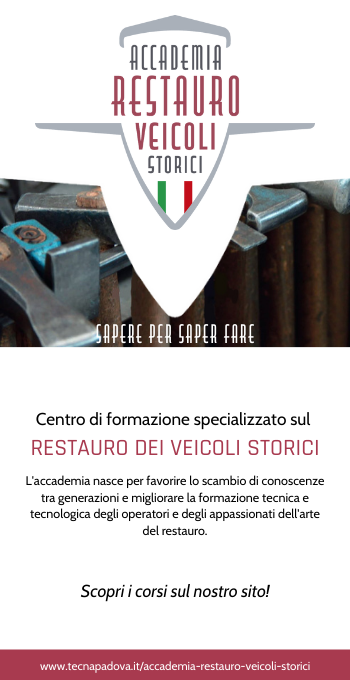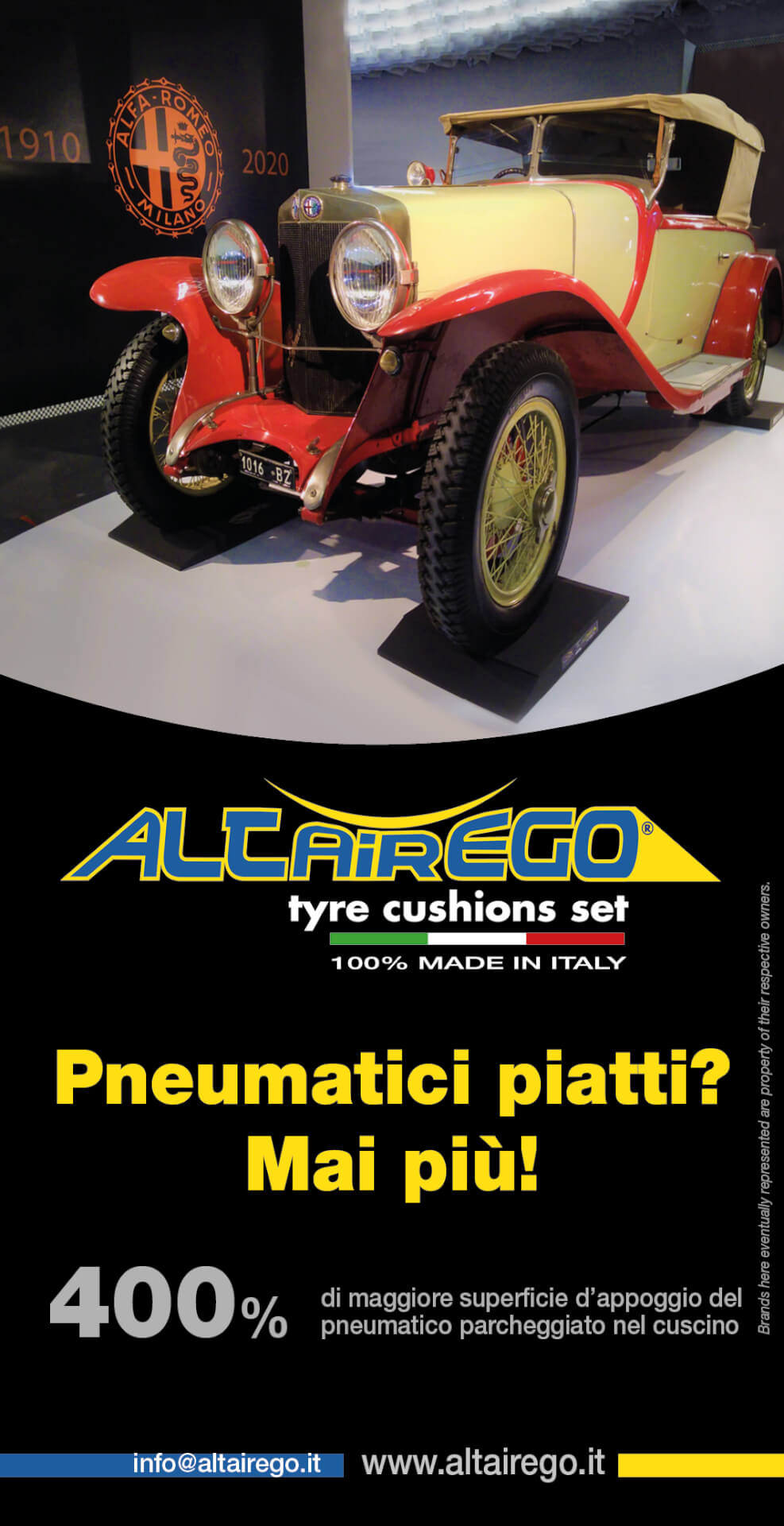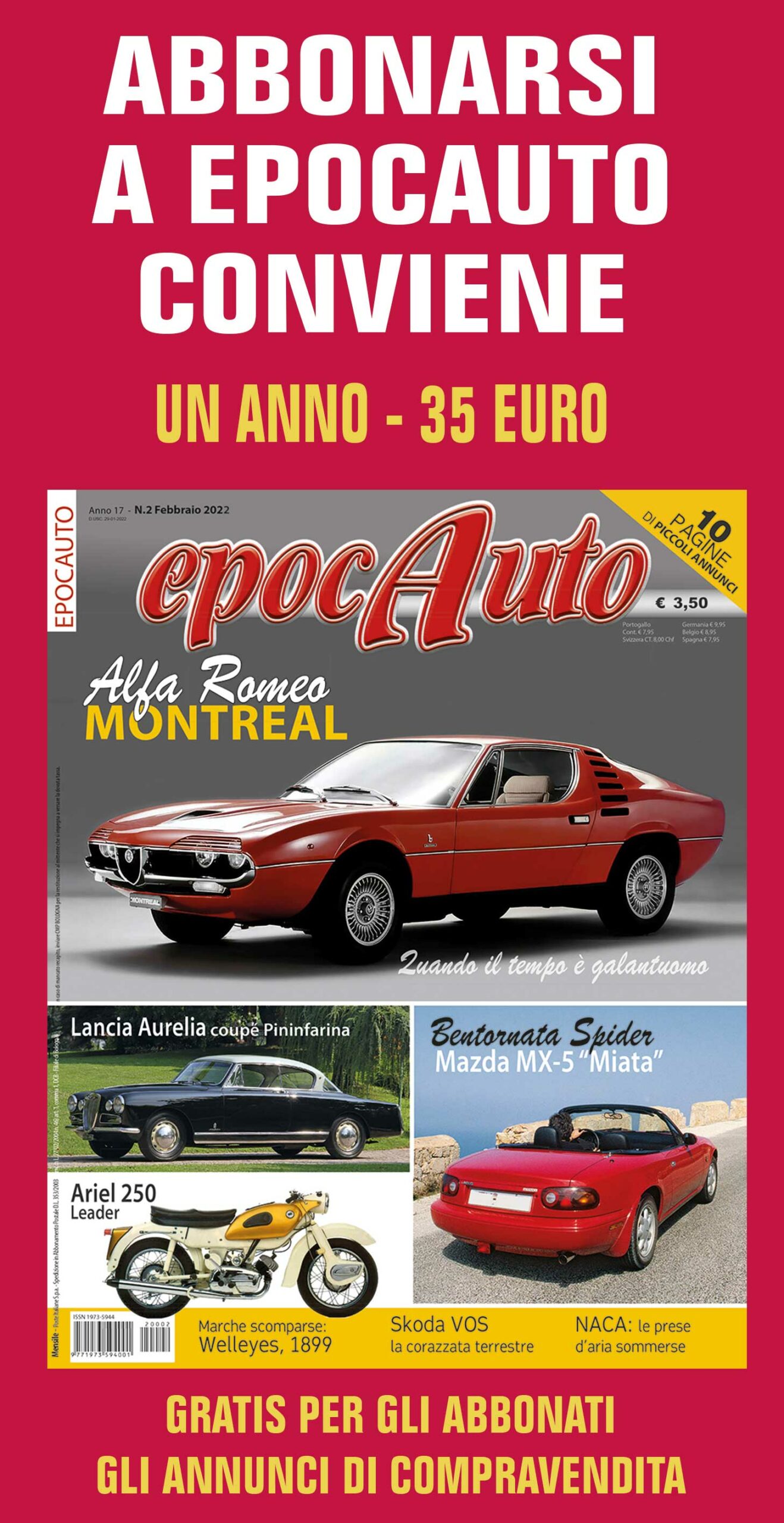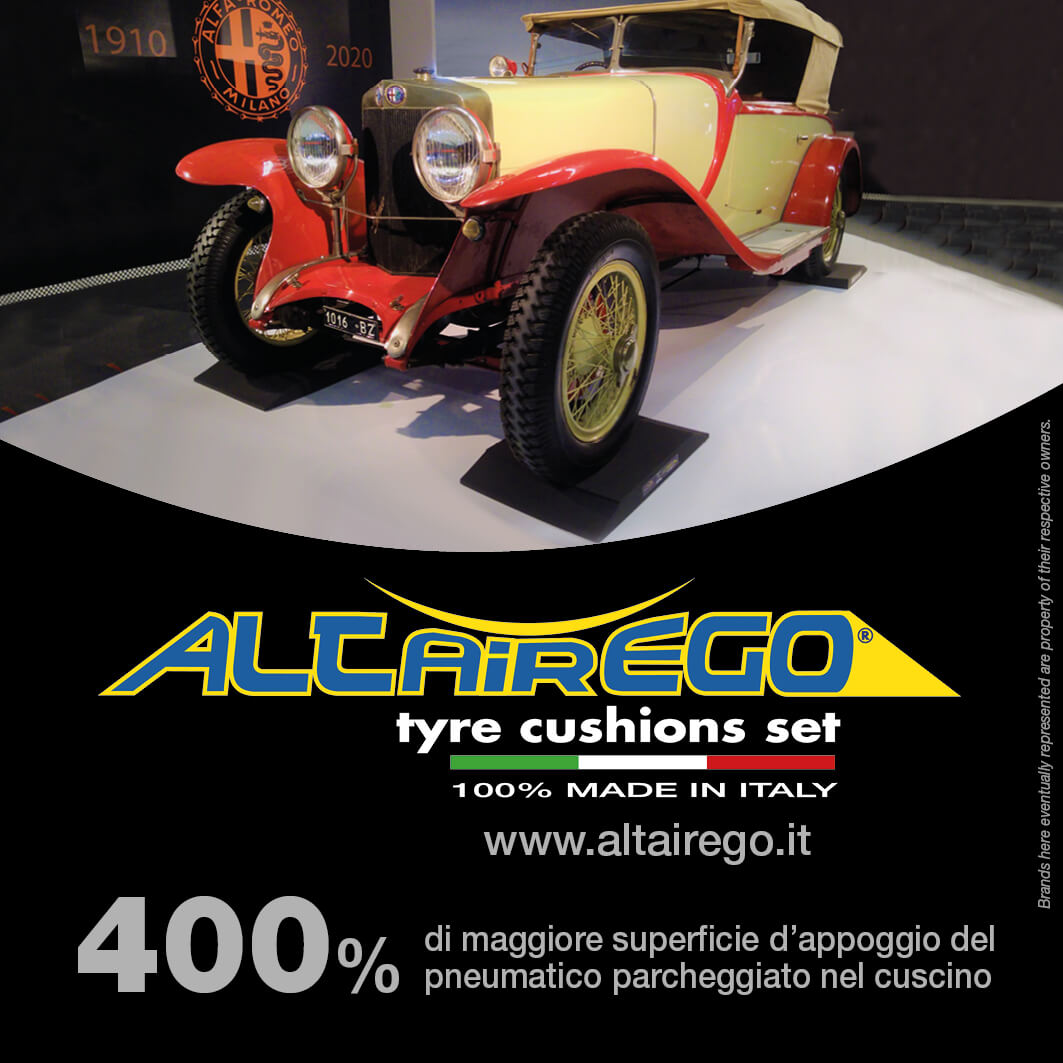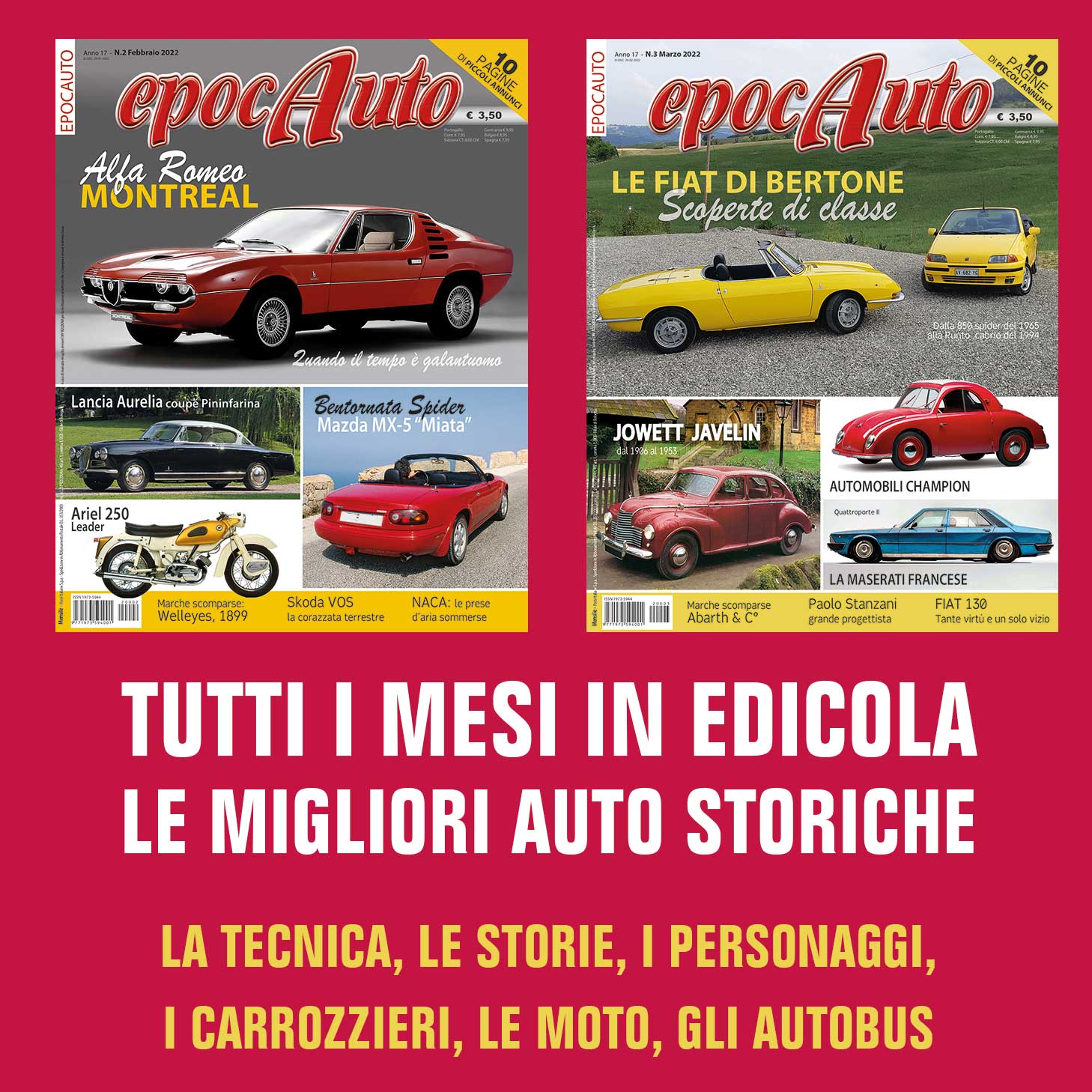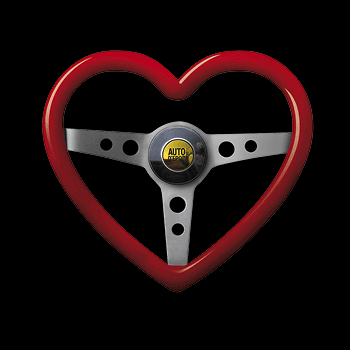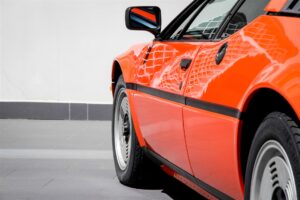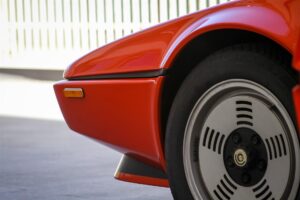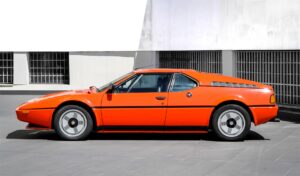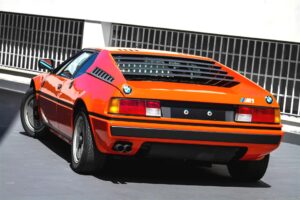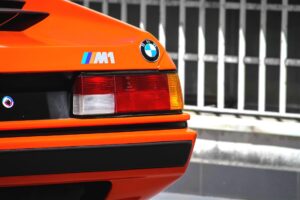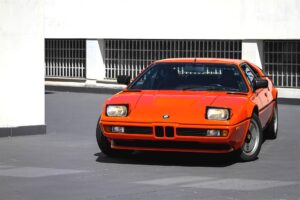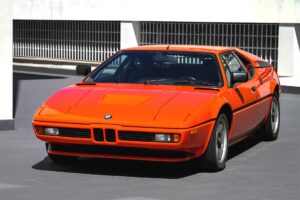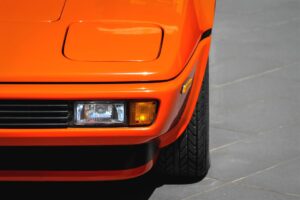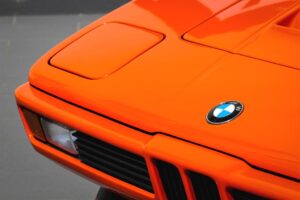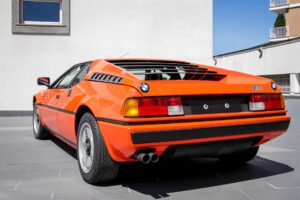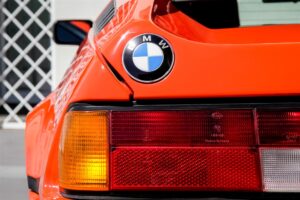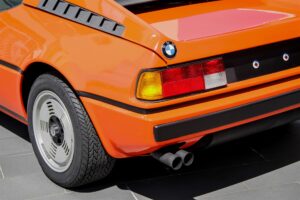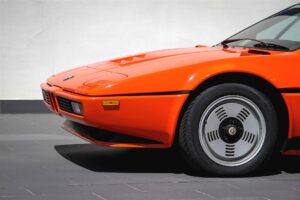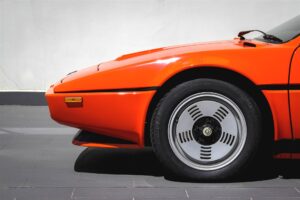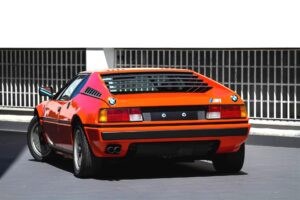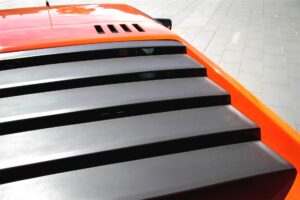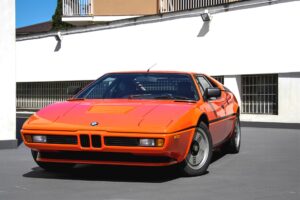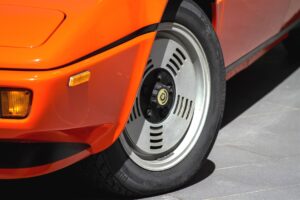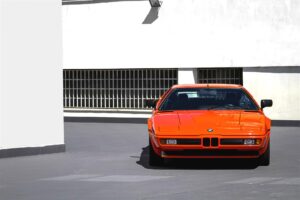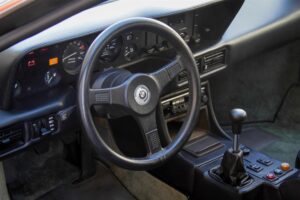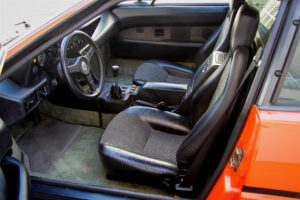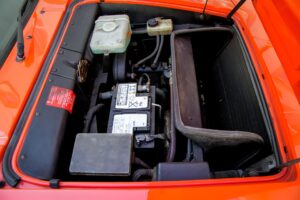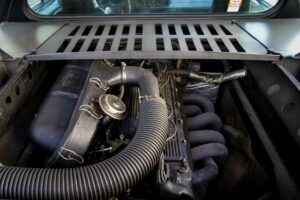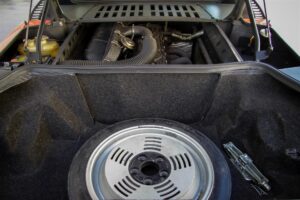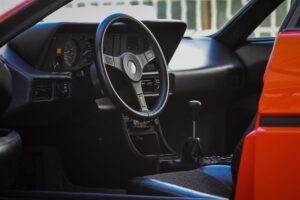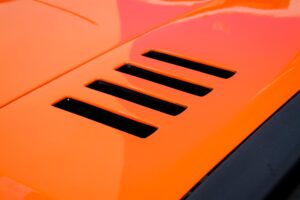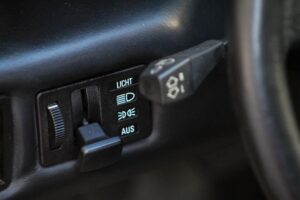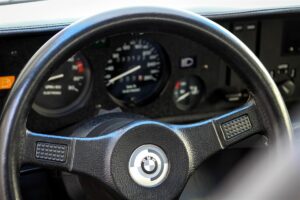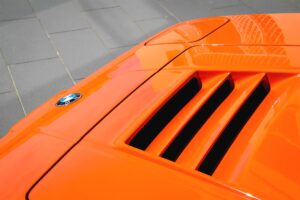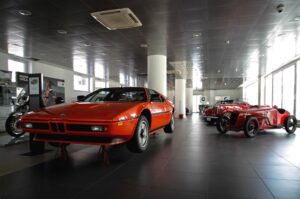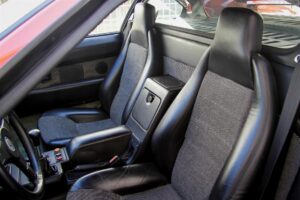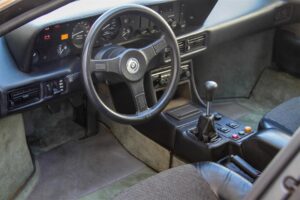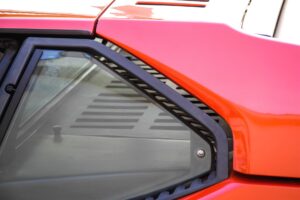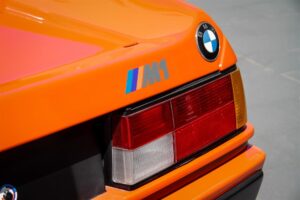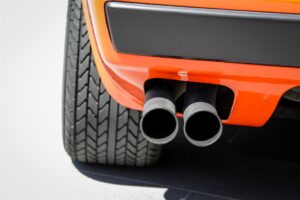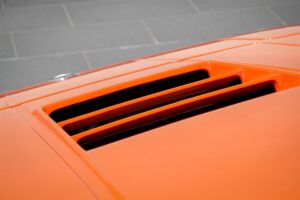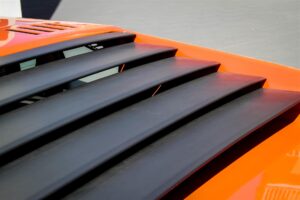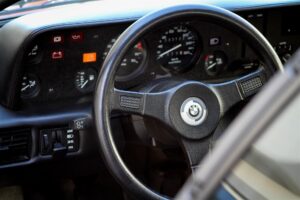Magazine Agorauto
BMW M1, the Bavarian supercar which tastes of Italy
Author: Michele Di Mauro · Credits Ph: Michele Di Mauro
5 April 2022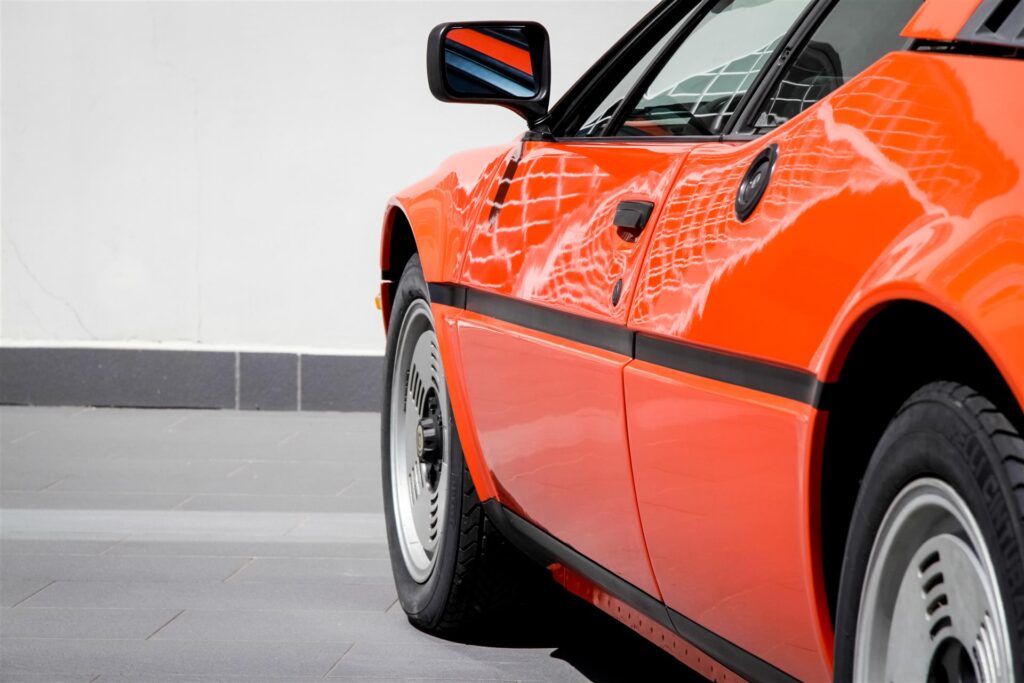
If ever there was a German sports car (besides a Porsche) which was capable of captivating the imagination of teenagers around the world, the classic “poster car” to hang in your room, it is undoubtedly the BMW M1.
Produced by the German manufacturer between 1978 and 1981, the M1 is the quintessential sports coupe: wedge-shaped, low and compact, with two seats, a mid-mounted engine and the inevitable pop-up headlights of the era, fitted for the first time to a BMW model.
When it is put that way, it sounds like we are describing a classic Italian GT… and in fact, the styling of the M1 has an Italian touch to it – that of Giorgetto Giugiaro’s Italdesign, as its unmistakable lines can be traced back to the studies carried out at the beginning of the decade on “wedge” shapes. And how can we forget the Bizzarrini Manta, Maserati Boomerang, Porsche Tapiro, Alfa Romeo Iguana or Lotus Esprit, to name but a few of the many designs to come out of Moncalieri.
The production BMW M1 remained faithful to the concepts developed with the Turbo Concept prototype created for the 1972 Olympics in Munich. The model was intended to embody a manifesto for the technological excellence achieved by the German automotive industry. In this case, the shapes were by the talented Paul Bracq who, in turn, was inspired by the best Italian sedans of the late 60s.
The Turbo, it’s simple name clearly communicating its intent, was powered by a two-litre turbocharged engine derived from the 2002 sports car, producing almost 200 horsepower. This was a cutting-edge engine for the time, as cutting-edge as its lines, which were utterly modern, along with a number of on-board gadgets such as a radar warns you when other cars came too close: a piece of equipment which, fifty years later, is today a must-have.
Returning to the design of the car itself, the fibreglass bodywork was created in Emilia to an Italdesign . The 1976 Esprit had in fact lead Giugiaro to expand his research into fibreglass moulding techniques, and to develop a clean, effective method for processing the material. The Esprit, in general architectural terms, closely resembled our BMW. But Giugiaro was not the only Italian draughtsman to be involved: the mechanicals, chassis and suspension all bore two other excellent Italian names, namely Lamborghini and Dallara.
Compared to the prototype, the new sedan shared its supercharged engine in favour of the six-cylinder inline unit from the 635 Csi, for which the newly created Motorsport internal division designed a new 24-valve, twin-shaft cylinder head with technical support from Lamborghini, who had initially been appointed to produce and assemble the unit. Meanwhile, Gian Paolo Dallara, at that time a talented engineer with a wealth of experience at Ferrari and Lamborghini, care of the entire design of the suspension. In Sant’Agata Bolognese, production lines were also prepared and the first prototype was set up for road testing, but the order vanished overnight due to the company’s financial difficulties. With collaboration with Lamborghini on the rocks, production of the fibreglass bodywork was entrusted to a number of other providers in the Emilia region; the interior and a number of mechanical components went to sister company Baur while Italdesign took care of the final assembly in Turin, where the engine, suspension and main mechanical hearts came together, shipped directly from BMW Motorsport in Germany.
The engine, positioned centrally and longitudinally in relation to the tubular trellis chassis, was a six-cylinder, 3453 cc unit with dry-sump lubrication and Kugelfischer-Bosch indirect mechanical multipoint fuel injection. In the road version, this produced 277 horsepower at 6500 rpm and 330 Nm at 5000 rpm. The gearbox was a five-speed ZF manual unit with a dogleg pattern, combined with a 40% locking limited slip differential. Performance was up to expectations, with a maximum speed of 262 km/h and acceleration from 0 to 100 km/h in 5.6 seconds, achieved by transmitting the power to the road surface using Campagnolo alloy rims combined with 205/55 VR16 tyres at the front and 225/55 VR16 units at the rear.
The braking system was also adequate, consisting of 4 self-ventilating ATE 300 mm discs at the front and 297 mm units at the rear, controlled by a dual hydraulic circuit with brake booster and ABS, the latter made in tandem by BMW and Bosch.
The car was unveiled at the Paris Motor Show in 1978 as a road car in order to homologate for competitive racing. In the weeks that followed, however, the FIA changed the rules, increasing the number of units to be produced in order to obtain homologation for Group 5 to a 400, forcing BMW to seek out new partners to reach the required production capacity. The result was a production run which is today estimated at 456 units (400 for on-road use and 56 for competitions), produced between 1978 and 1981. These numbers make the M1 a rare and sought-after collector’s item, in both versions.
Racing M1s were powered by a twin-turbo engine with outputs varying between 850 and 950 horsepower, mounted on a lightweight aluminium and kevlar chassis and lightened bodywork fitted with various aerodynamic appendages. In Group 5, the M1 only collected a couple of wins, at the Nürburgring and at the Salzburgring. In the 1979 24 Hours of Le Mans, the cars stood out for its livery, painted by none other than Andy Warhol.
For the 1978/79 seasoned, the car was also registered in Group 4, but withdrawn after only a few races in order to join the ProCar one-make championship, where today’s most famous models can still be found. The ProCar operation was a highly successful commercial move: the cars, fitted with an engine boosted to approximately 470 horsepower, were entrusted to Formula 1 drivers, whose respective teams allowed them to race with BMW for commercial purposes. The stroke of genius consisted of running the races on the same European race tracks as the Formula 1 world championship, on Saturday afternoon after the end of the test sessions, thus benefiting from grandstands packed with the public who had come for top formula racing and the presence of the leading international sports press. The 1979 season was won by Niki Lauda, followed in 1980 by Nelson Piquet. They were flanked by illustrious names including Elio De Angelis, Didier Pironi and many others. The only exception were the drivers from Ferrari and Renault.
Today, the BMW M1 is rare and sought-after car. Many have ended up overseas, and most of those in Europe can be found in Germany and Switzerland. In Italy, the M1 is a real black swan because of its rarity, cost and, let’s face it, the fierce competition between the two nations. Finding one is not easy, and that is why, as soon as we had the chance, we didn’t have to think twice about immortalising it for the opening shoot for Agorauto.
The example that we have photographed has always been housed on the outskirts of Rome. In use for a few years, it accumulated little more than 30,000 km before participating in an exhibition, surrounded by other cars belonging to a private collection. A photo shoot for Agorauto provided an exciting excuse to take it off the stands and put it back on the road for a few hours. This is a totally original example, paintwork included.
Even today, the M1 is special car, maybe even more so now than it was at the time. Its lines are extremely sporty, but dry and elegant at the same time. Giugiaro is a stylist who needs no introduction, but in this instance, he truly outdid himself, designing shapes and proportions of rare balance. The faired wheels, the recessed handles, the double rear logo and air outlets concealed on the body of the car all embody an exemplary cleanliness. Certain details, such as the pop-up headlights and the rear “Venetian”, were avant-garde musts at that time, while today they add that retro flavour which accentuates if possible even more the charm of this beautiful sports car. This good taste is also to be found inside, in the sporting layout and driving position, in the compact yet complete cockpit, but always characterised by a thread of understatement and rationality which might be expected from a German product. Yet it is embellished with that touch of Italian flair that makes it irresistible.
Tags: bmw, bmw m1, BMW Motorsport, Dallara, giugiaro, youngtimer

